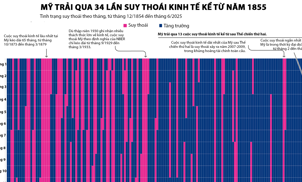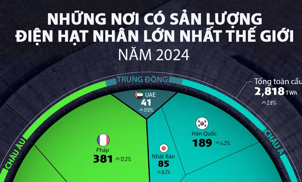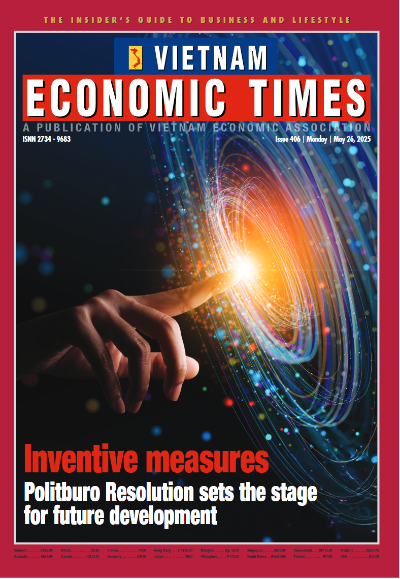The Ministry of Transport (MoT) has submitted to the Prime Minister a master plan on the development of the national airport network in the 2021-2030 period and vision to 2050.
The main highlights are decentralization to localities and the “green lighting” of private investment in the field.
Vietnam will need VND400 trillion ($17.59 billion) to upgrade its airport network over the next ten years. With two main hubs - Hanoi’s Noi Bai International Airport in the north and Ho Chi Minh City’s Tan Son Nhat International Airport and Dong Nai province’s Long Thanh International Airport, which is under construction, in the south - the network is expected to be capable of welcoming about 278 million passengers annually and will account for 22 per cent of demand for investment in the transportation sector as a whole in the period.
Six new airports will be built over the next decade, bringing the country’s total to 28. One more will be added by 2050, with 14 of the country’s total of 29 to be international airports and 15 to be domestic airports.
Of note, a second airport will be built to the southeast of Hanoi to support Noi Bai International Airport. A number of airports on islands and archipelagos will also be built for socio-economic development and national defense and security.
The MoT has also submitted a list of important national projects and those prioritized for investment.
It proposes that laws be adjusted and supplemented so that capital outside of the State budget can be mobilized, and regulations formulated and promulgated on investor selection for specialized aviation services at airports.
In particular, the public-private partnership (PPP) method is to be maximized, in which the people’s committees of cities and provinces with new airport planning will have the authority to mobilize and balance resources and organize investment implementation.






![[Interactive]: Toàn cảnh kinh tế Việt Nam tháng 7/2025](https://media.vneconomy.vn/302x182/images/upload/2025/08/0675413e3e-4a53-4c15-ae1f-e8883264607e.png)





